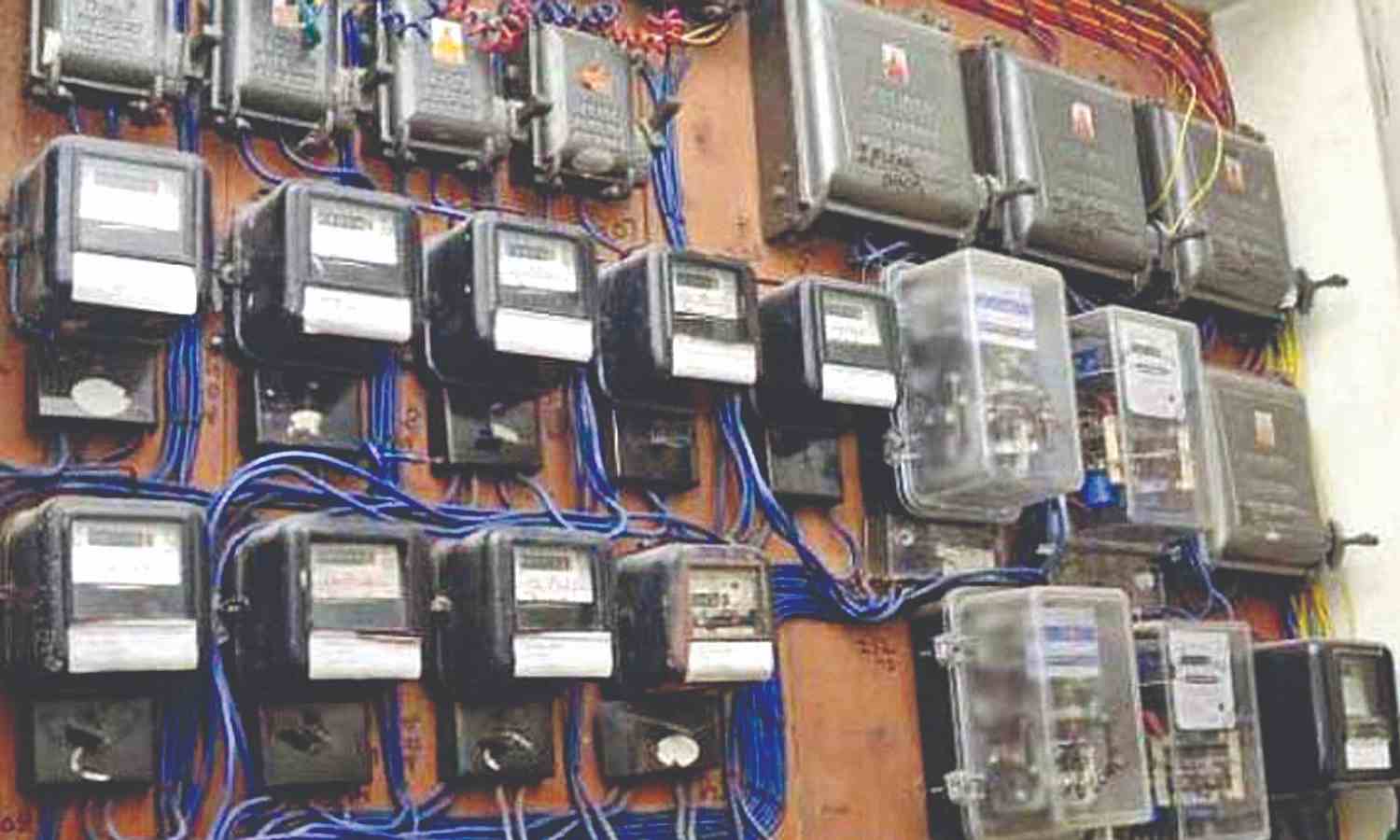Tamil Nadu power utility shocker: Merges 2 EB connections in two streets
The case of Ramapuram consumers is not an isolated one. A consumer in Tondiarpet found out that three domestic connections in the house were merged as one after receiving a single bill;

Representative Image
CHENNAI: A domestic power consumer in Ramapuram was in for a shock as the Tamil Nadu Power Distribution Corporation Ltd (TNPDCL) merged two power connections of two individual houses he owned on different streets citing misuse of subsidised energy tariff. The 'merger' was carried out by the utility office itself without any field inspection.
The consumer who did not want to be named said he complained to the TNEBEA Minnagam on September 24 after he received an excess bill of Rs 13,985 for energy consumption of 1,028 units (bill for 1,028 units is Rs 7,193).
After multiple reminders about his complaint on 'X', formerly Twitter, Tangedco's official handle replied on October 4 that the service connection was merged with his other connection. Responding to it, the consumer pointed out that the merger was done wrongly as two connections are on two different streets.
The officials conducted a physical inspection of the consumer's premises on October 8 following a complaint made to the Superintendent Engineer's office, the consumer wrote, lamenting that the merger was not rolled back as of October 21.
A TNPDCL official said the consumer’s issue was resolved on Wednesday by rolling back the merger. “It was a manual error that led to the merger of the consumer’s domestic connections in two different places,” the official explained.
The TNPDCL has been carrying out the merger of multiple domestic connections on residential premises to prevent residents from illegally using more than one subsidised connection causing revenue loss. The utility alleges that some domestic consumers have got two domestic connections illegally to bring down their bi-monthly energy bills making use of a slab system in which the energy cost goes up substantially if the energy consumption increases.
The case of Ramapuram consumers is not an isolated one. A consumer in Tondiarpet found out that three domestic connections in the house were merged as one after receiving a single bill.
According to another consumer in Tondiarpet, he was not aware of the merger of three connections at my home until I received a single bill. "We have three separate portions occupied by myself and two sons with their families. We all have separate LPG connections. However, the EB officials asked us to produce separate ration cards or tenant agreements which we don't have. My son's been living separately in my house for several years, so suddenly EB merged the connections,” the consumer said.
He said all three portions were physically and electrically separate; still, they were merged.
Activist S Neelakantapillai said the electricity distribution code clearly states that if a house is separated permanently physically from another house and has separate wiring, there can be separate electricity connections to the two houses. “But the TNERC committed a blunder. It insisted on family cards to find out if the members of the same family lived in separate portions of a house. Now the family members were forced to create rental agreements within themselves,” he said.
He said the inspection of the multiple connections has become harassment for consumers. “Even after two years, the utility has failed to convert the common supply connections in the flats into 1D tariff,” he said.
Sources in TNPDCL said that field officials were instructed to merge or convert the multiple connections into 1D in a residential building only after a physical inspection. “Consumers living in duplex homes have got two domestic connections to reduce their electricity bill by making use of telescope tariff structure. We are merging those connections,” the official added.
WHAT NORMS SAY
TNERC: Only one service connection is permissible in an independent floor/dwelling unit with permanent physical and electrical segregation. If more than one service co-exists already, only one service is eligible to be retained. Other services shall be converted to tariff ID (common supply connection in flats and houses) and charged accordingly.
TNERC allows physical verification of multiple connections. In case such independent status is not evident to the inspecting officer, the rental/lease agreement may be insisted upon. Separate ration cards should be produced for the same family members living separately in a house.

